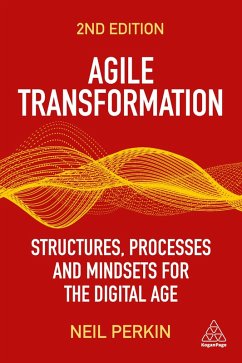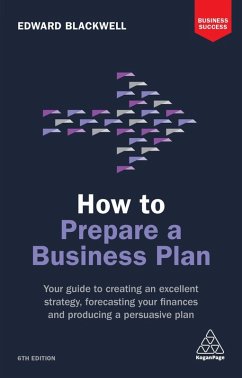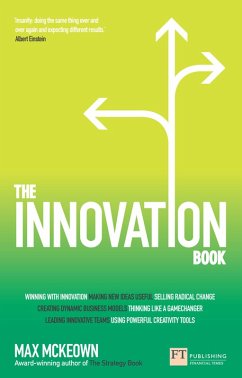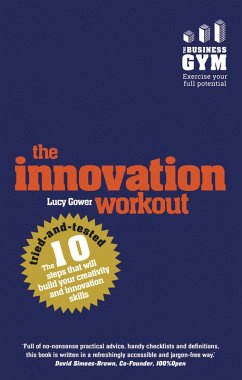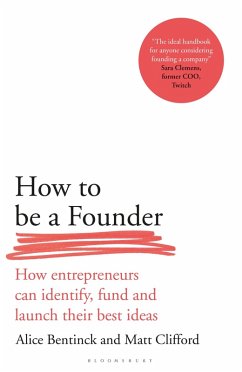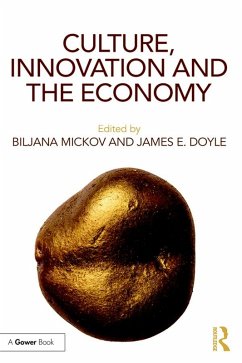
The Innovation Handbook (eBook, ePUB)
How to Profit from Your Ideas, Intellectual Property and Market Knowledge

PAYBACK Punkte
13 °P sammeln!
In fast-moving markets, no organization can expect to identify and keep the best ideas by working in isolation; innovation is now running on an open model, with input from a variety of disciplines and sources, including specialists, employees, suppliers and, in particular, customers and clients.But how can you stimulate new innovation? And how can you protect your best ideas once they are in a competitive and aggressive marketplace? Endorsed by the UK's Intellectual Property Office and the Technology Strategy Board, The Innovation Handbook offers advice and commentary from leading players in t...
In fast-moving markets, no organization can expect to identify and keep the best ideas by working in isolation; innovation is now running on an open model, with input from a variety of disciplines and sources, including specialists, employees, suppliers and, in particular, customers and clients.
But how can you stimulate new innovation? And how can you protect your best ideas once they are in a competitive and aggressive marketplace? Endorsed by the UK's Intellectual Property Office and the Technology Strategy Board, The Innovation Handbook offers advice and commentary from leading players in the technology, branding, design, intellectual property and innovation fields.
But how can you stimulate new innovation? And how can you protect your best ideas once they are in a competitive and aggressive marketplace? Endorsed by the UK's Intellectual Property Office and the Technology Strategy Board, The Innovation Handbook offers advice and commentary from leading players in the technology, branding, design, intellectual property and innovation fields.






